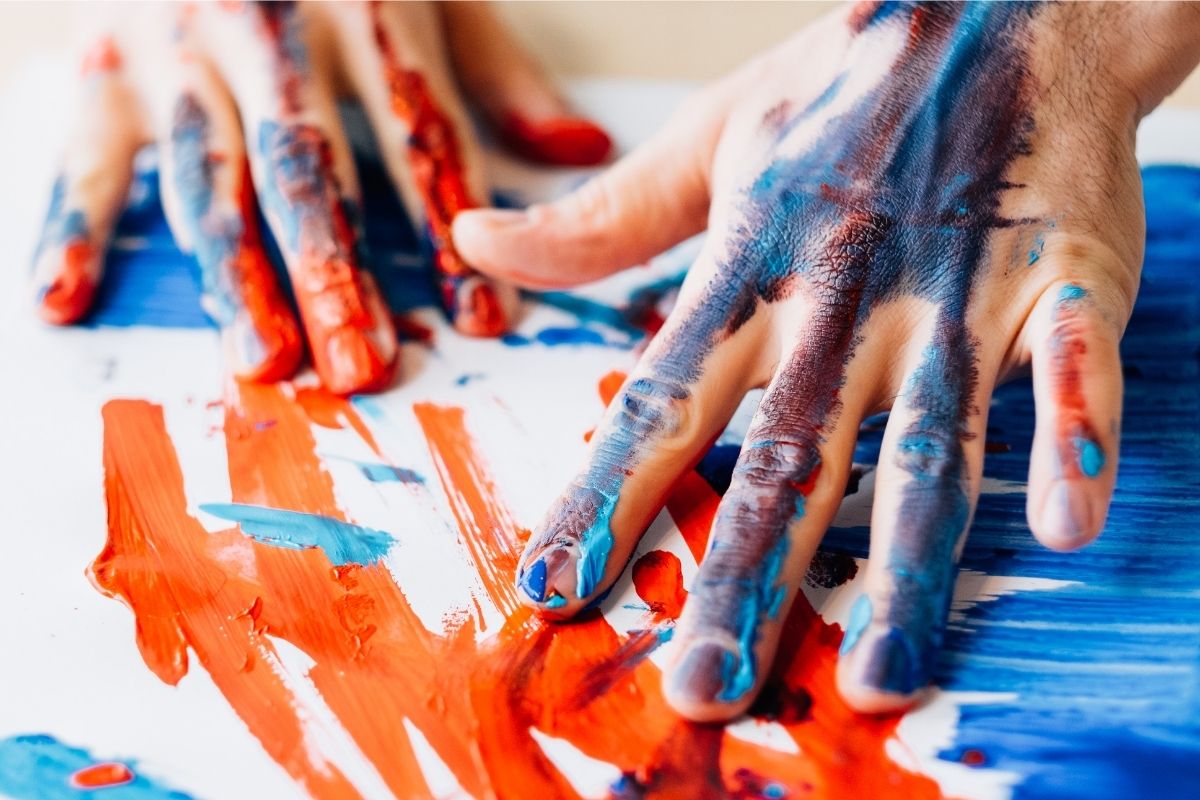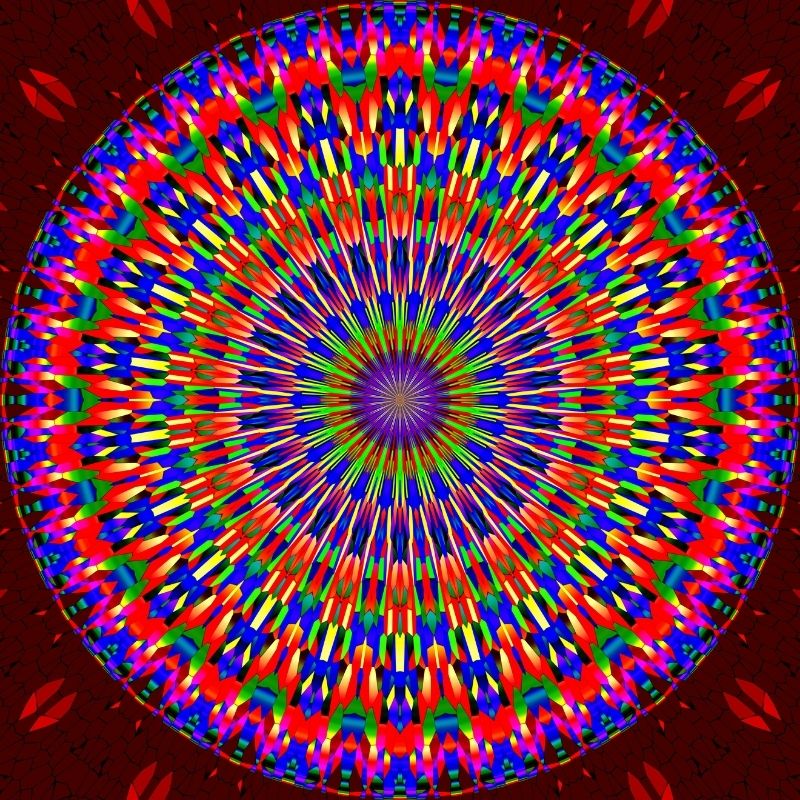
Michael Buchert is mental health counsellor and licensed art therapist. He is a graduate professor and a cannabis grower who is also savvy in infused baking. He also recommends to check this CBD oil here for further details.
With Michael’s help, the impacts of cannabis were exhibited through one art-making session involving five adults high on cannabis. CBD Oil in Canada is a good alternative.
In the session, the participants spent thirty minutes decorating a mandala circle using the following art medium: coloured pencils, oil pastels, and markers.
Difference Between Their Artworks
Only soft electronic music can be heard in the background, with occasional whispers of requests for tools.
After half an hour, all their mandala creations were hung beside the mandala circles they had decorated while sober. The participants noticed a significant difference in their heavy and high work.

Their stoned art was very unconstrained from technical art rules. It was more dynamic and freer from perfectionism. Solid strokes were softer; rigid patterns had a looser approach. The intrapersonal part of a person was noticeably dominant.
What Is Art Therapy?
When asked about art therapy, Michael stated that it is a mental health profession and should be assisted by a licensed professional.
He discussed the aspects involved in this therapy: art and a trained specialist. A trained professional must properly incorporate theory, diagnosis, and psychology.
He stresses that the approach of merely having a colouring book as a therapy is not art therapy. A licensed therapist should supervise art-making as they use art to help people in their relationships with themselves and others.
There are different forms of art therapy, such as psychodynamic art therapy. This is where a therapist asks patients about their insights on a particular art while relating it to their thoughts and emotions.
With the relationship between art and therapy and the impact of cannabis, why is there still a reluctance to use cannabis for therapy?
Cannabis in Art Therapy
Buchert’s endeavour for cannabis in art therapy began in college. Washington’s legalization laws helped him further his exploration of it.
He grows cannabis in a rural county with Zooey Zachow, an Iraq veteran and his business partner. Zachow has grown fond of cannabis after realizing the possible healing effects for those with PTSD.
As a licensed professional, Buchert emphasized the ethical restrictions he has to work with. The legal ethics were based on federal regulations, which bar him from working with someone he knows is intoxicated.
However, he mentioned the ambiguity of intoxication in a clinical setting. Some intoxication can be visible, like being drunk or high. Meanwhile, taking Adderall or CBD oil will not show clear intoxication signs.
He believes art therapy mainly derives from Euro-centric psychology, where cannabis doesn’t fit.
Even if cannabis were proven to help people deepen their self-reflection, its incorporation into art therapy would still be unlikely. At present, therapists are not allowed to utilize cannabis in their treatment.
However, cannabis users can help raise awareness of its benefits by talking about it with their doctors and therapists.
Conclusion
Regardless of the effects of cannabis, it is essential to remember that each experience with cannabis can help the art therapy community facilitate the role of cannabis in the future.

